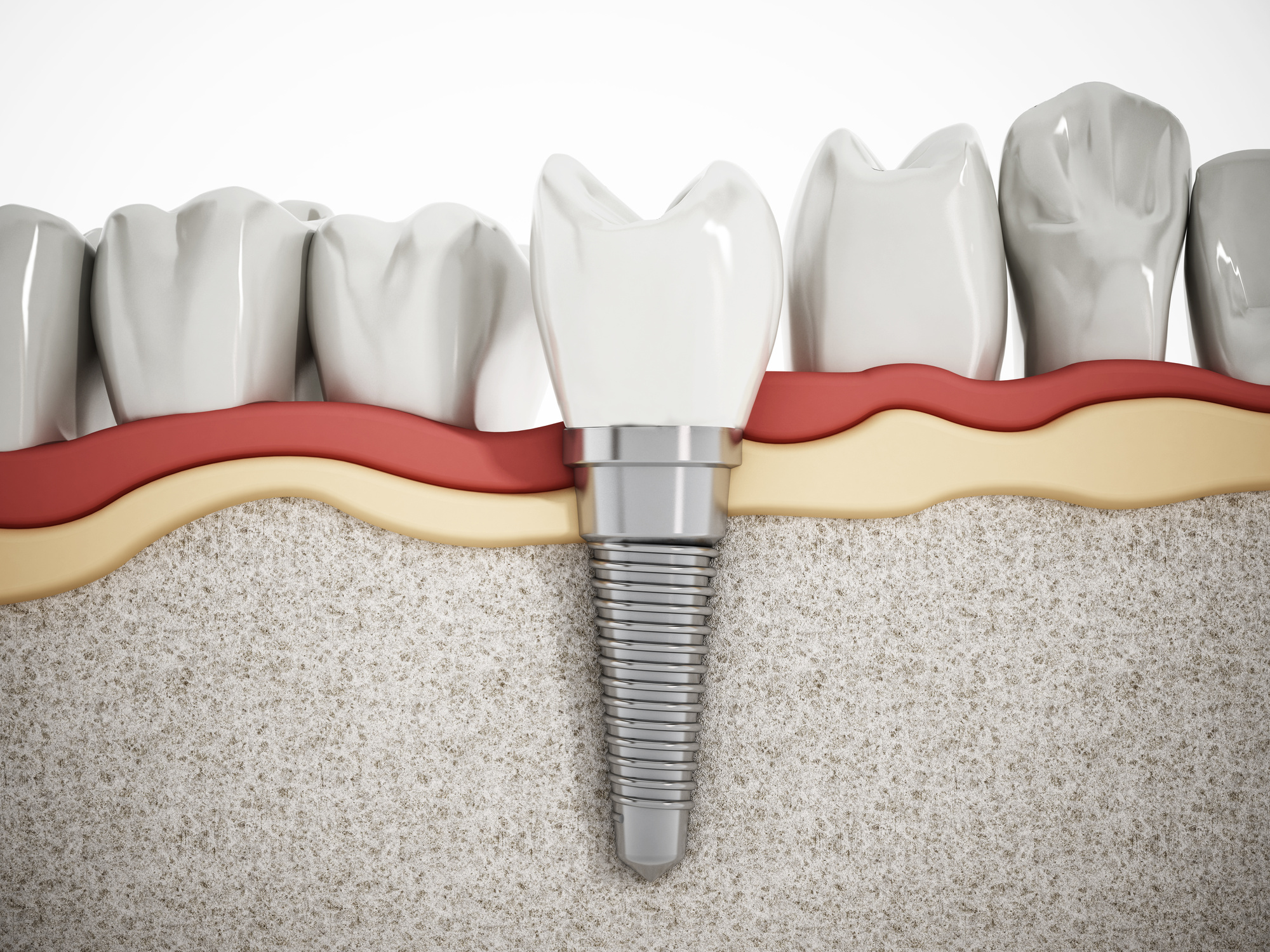What Are Dental Implants? A Short Guide

Did you know the dental implants industry is worth $4 billion worldwide? That’s a lot of people smiling again! But not everyone has had the opportunity to relish dental implants. It’s only recently that surgery costs have come down to a level affordable for many.
So if you’re still asking, “What are dental implants?” then look no further. We’re about to give you the ultimate short guide to dental implants to help you get on your way!
What Are Dental Implants?
Dental implants are a form of restorative surgery that replaces missing teeth. They consist of an artificial tooth root and crown. These embed in the jawbone to support a replacement tooth or bridge.
What makes them so special is patients can eat without worrying. That means better oral health. And since it doesn’t need any more treatment after placement, there will be less risk of infection.
The implant acts as a foundation for your new tooth or bridge. It’s usable alone or with other dental procedures such as bridges, dentures, or veneers.
The benefits of dental implants include:
- No need to wear removable dentures
- Less maintenance than traditional fixed bridges
- Better chewing stability
- More natural-looking smile
- Improved self-confidence
- Types of Dental Implants
There are two types of dental implants available today: endosteal and subperiosteal. Both have their advantages and disadvantages. Let’s take a closer look at each one.
Subperiosteal Implants
Subperiosteal implants involve placing the titanium post into the bone through soft tissue. This type of implant requires less healing time than traditional implants. That’s because it does not need any bone grafting.
It may cause more discomfort when eating due to irritation from the surrounding skin. Also, there is no guarantee that you will get enough bone density around the implant. Subperiosteal implants also do not provide adequate anchorage strength for some gums.
Subperiosteal implants allow you to place them without having to wait for healing. Look here now for professional services that can make your smile come true!
Endosteal Implants
Endosteal implants use the existing bone structure to hold the implant. These implants offer greater stability than subperiosteal implants. Yet, they need longer periods before being able to function in the right way.
Endosteal implants usually need some amount of bone grafting before placement. Bone grafts make sure the implant has enough surface area on which to attach itself to the jawbone. If the bone graft fails to heal as it should, then the implant could fail.
Choosing the Right Dental Implants
In summary, both methods work well. Yet if you plan on using either method, make sure you choose the right one based upon your needs. If you want immediate results, then choosing the subperiosteal option would be ideal.
But, if you prefer to wait until after all the gum tissues have healed, then the endosteal option might be best. Either way, remember that these options come with risks and benefits. And, even if you’re not still asking “what are dental implants?”, always consult with your dentist on what is most appropriate for your situation.
Keep clicking around the site for more happy health tips!
